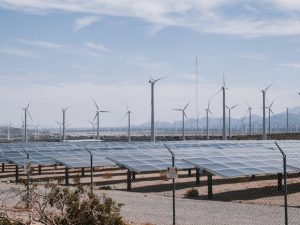Imagine your rooftop accomplishing more than just gathering dust and bird cries. Your power cost will be silently reduced as it captures sunlight and converts it into electricity. That is the operation of a residential home solar system. It’s similar like teaching your house a money-saving party trick.

The concept is not new. However, the game has evolved. These days, panels don’t require acres. Some of them even appear to be a part of the roof, and they are sleek and relatively low-profile. You don’t have to worship the sun or live in a desert. It only takes a few hours of daylight.
Let’s discuss wiring. Do not panic. This isn’t the lab of Frankenstein. In order to store power for later use, a solar system typically requires an inverter, some cabling, and maybe a battery. Your electrician only needs to be proficient in simple calculations and clean installs; they don’t need to be a genius.
People get sweaty over costs. Prices have actually fallen like hotcakes off a shaky plate. An effective system may be less expensive than a family vacation, but it continues to give back year after year. In five to seven years, some people break even. It’s mostly gravy after that.
Consider it similar to planting a tree. The day you plant the seed, you don’t sit beneath it. But eventually, you’ll be enjoying iced tea in its shade. But in this case, your neighbors are still paying full price even though your electricity meter is slowing down.
Cloudy weather no longer makes things difficult. Under some shadows, solar doesn’t shut off. Production does indeed decline. You will be alright, though, unless you are operating an amusement park in your garden.
There’s a certain satisfaction in generating your own energy. It increases your awareness. You see waste. You disconnect devices. As if it were a vending machine, you quit using the microwave. This awareness comes as a surprise. positively.
Upkeep? The ink is hardly worth it. If the panels become dirty, rinse them. Trees should be kept pruned to avoid consuming too much sunlight. That is essentially it. The majority of systems continue to function well after 20 to 25 years.
Net metering comes next. The magic takes place there. You generate additional electricity, it is fed back into the system, and presto—you receive credit. It’s similar to receiving compensation for leftovers.
Therefore, it might be time to get your roof working if it’s just sitting there doing nothing all day. Regardless, the sun is out there. It might as well take up a job.

